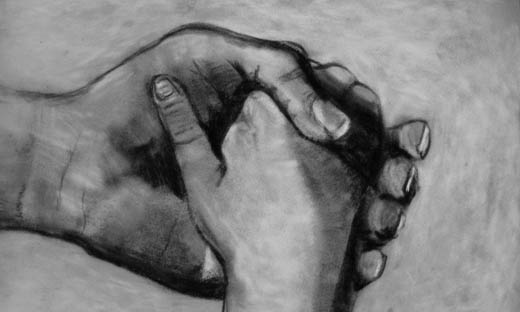
Relief Society had always been a Mormon community organization, even as it stretched across the world through missions and settlements mostly made up of Utah Mormons living in different parts of the world. Occasionally though, Relief Society could raise its powerful head and make the rest of the world listen. For ten years, between 1919 and 1929, there was a moment in history when Mormon women influenced the world for good.
Simon Bamberger, a Utah Governor, asked Amy Brown Lyman to be an official Utah delegate to the National Conference of Social Work. At this meeting, the Red Cross would be asked, by the Federal Government, to help military families. Sis. Lyman, being trained as a social worker, and having worked at Hull House, in Chicago, was well prepared to make this connection to Utah’s 24,000 enlisted men. Amy and three other women, were trained in Denver. When they returned to Utah, they organized the first professional social work system in the state.
The core of their teachings were 1) rehabilitation through diagnosis and case treatment of families in need; 2) education of the public in correct principles of social welfare work and cooperation; and 3) gathering evidence through the first two principles and establishing volunteer networks to eliminate the cause of poverty and dependence.
President Joseph F. Smith called the women to his office to discuss the forming of a social service department for LDS members. This new department would work under the Relief Society, and be called the Relief Society Social Services Department. It formally opened its doors in January of 1919. An Exchange Clearinghouse, between other services, was established where all cases were centralized to prevent duplication of treatment and aid. The objective, in each case, was to restore the individual, or family, to a normal, self-sufficient life.
The Relief Society Social Service Department became the center of activity as they coordinated with the Red Cross, Salvation Army, Traveler’s Aid Society, and many other national organizations. Because of the demand, stake Relief Society presidents recommended their sisters as volunteers, to be trained, and to manage cases. Training and professionalism was of utmost importance to Sis. Lyman.
A member of our Relief Society was sent to Washington D. C., where she participated in the formation of the Social Security Act of 1935. In fact, many Relief Society sisters were sent to New York, Chicago, and Denver, to train as volunteers. They would come back and help in their wards and stakes.
In 1920, a six-week course was held at BYU involving Relief Society members from Utah, Idaho, Arizona, Wyoming, Canada, and Mexico. Sixty-five of eighty-three stakes were represented. Training continued for individual Relief Societies, so all could be involved in this work.
Training continued through the Relief Society Magazine, which was used to teach and train through articles addressing certain welfare and health related concerns. National Conferences were always announced, and speeches were reported on in its pages. A Social Service lesson was taught every month in Relief Society covering topics such as health and sanitation, child welfare, social work, etc. The Social Services network was active, and involved every sister in Relief Society.
The First Presidency directed all Bishops to contact the Relief Society president if a family was in need. She would assign a trained sister to work with the family and then report the action being taken to the Bishop. The memo from the First Presidency encouraged the bishops to follow the lead of the Relief Society. Amy Lyman said Relief Society “should work for the abolishment of poverty, [and to right] all its humiliations.”
The US Infancy and Maternity Health Act, in 1921, was the first social reform program of its kind in America. It focused on lowering morbidity and mortality rates of mothers and children. In the next five years, mortality rates dropped, and Relief Society volunteers continued teaching health conferences, and courses.
In 1922, Sis Lyman created the Employment Bureau, helping women find work. The Relief Society was also given permission, by government agencies, to place children in foster homes, and for adoption. After collecting several thousand signatures, the Relief Society proposed legislature to allow the building of the American Fork Training School in 1929. During all of these accomplishments, Amy Brown Lyman was serving in the Utah House of Representatives. Indeed, we are women with power and ability.
The Social Services department was flourishing and fulfilling its goals, but then the Depression struck. So many people needed help that the program became overwhelmed, and the leadership of the Church backed off from offering aid. The programs shut down quickly after that.
With the Welfare program organized in 1936, food and clothing needs were taken care of. For a long time, family and marriage counseling was forbidden, under Church policy, until in 1966 bishops were authorized to deal privately with these matters. Chronic physical and mental problems fell under the Medical Welfare Department of the Presiding Bishopric.
I have to be honest here. Sometimes it bothers me that Relief Society programs appear to have been taken away from us, and correlated into Church programs. But, on the other hand, just knowing this is part of our Relief Society history makes me think we can raise our powerful head once again; always again.
Taken from an article in Dialogue Magazine, September 1982; This Decade was Different: Relief Society Social Services Department 1919-1929 by Loretta L. Hefner.